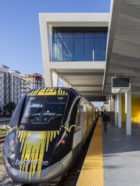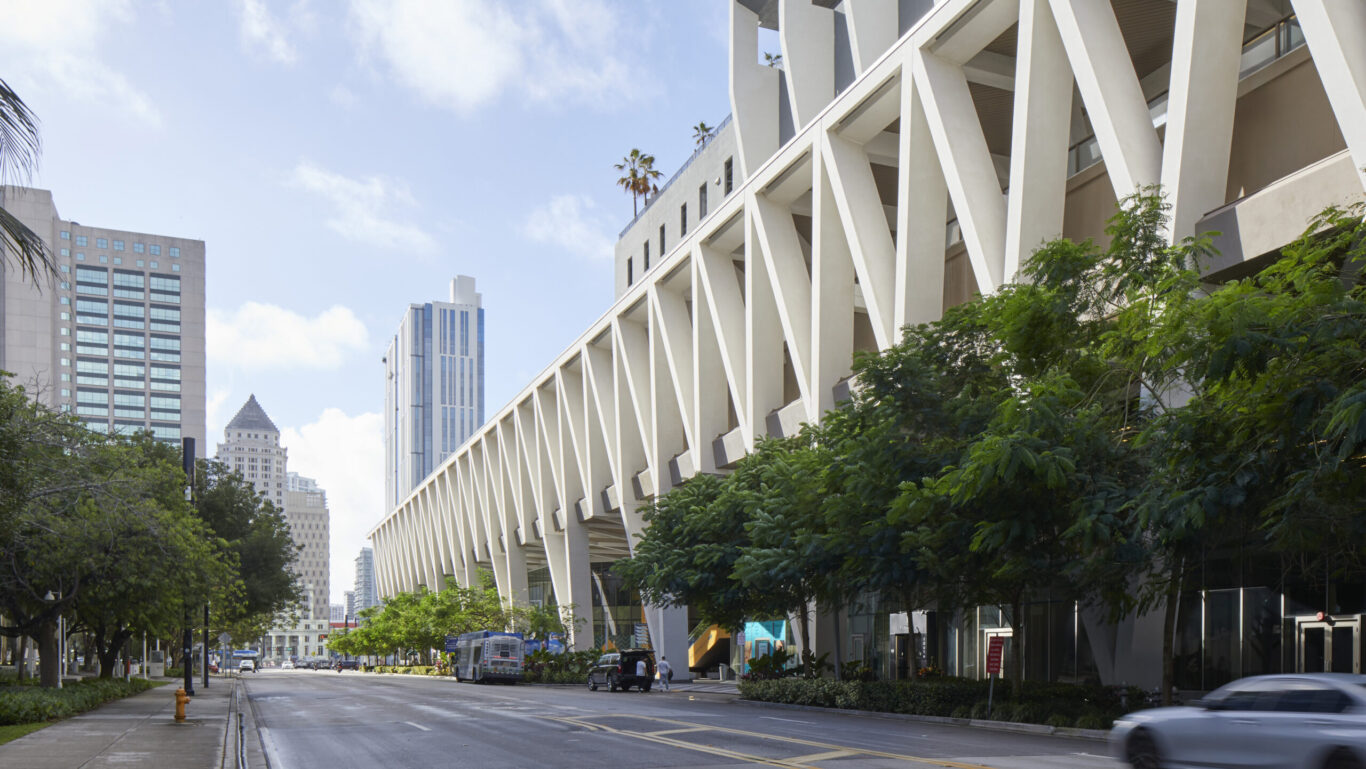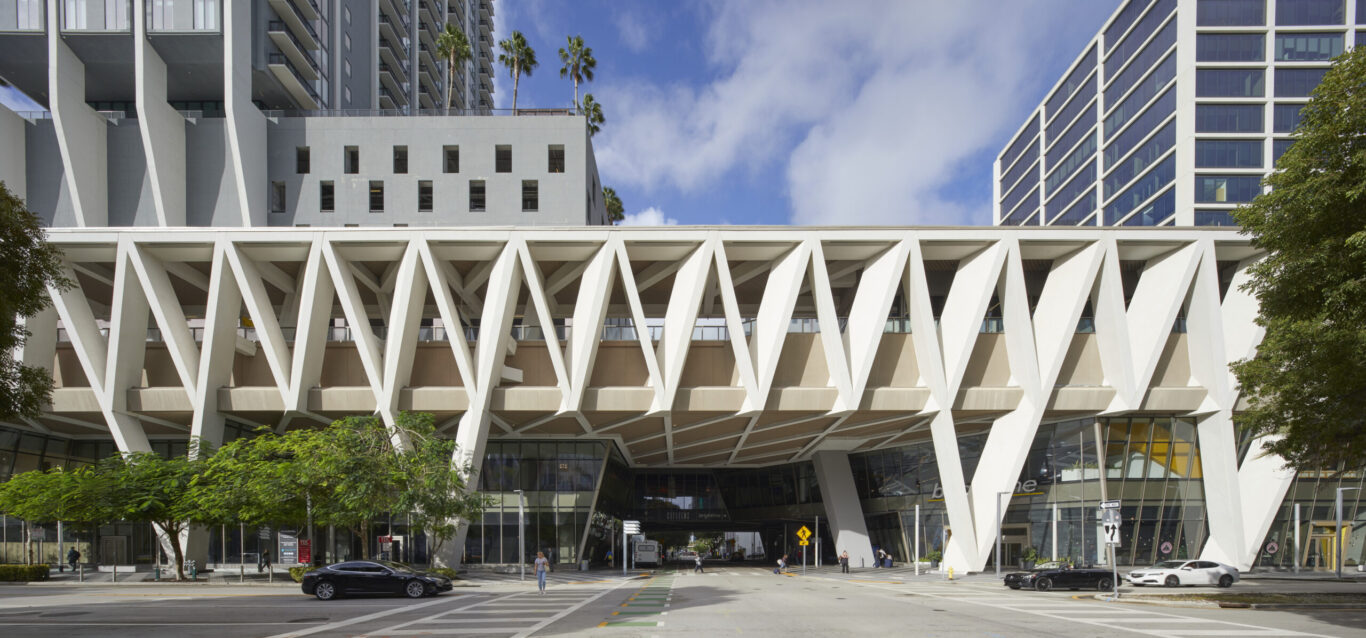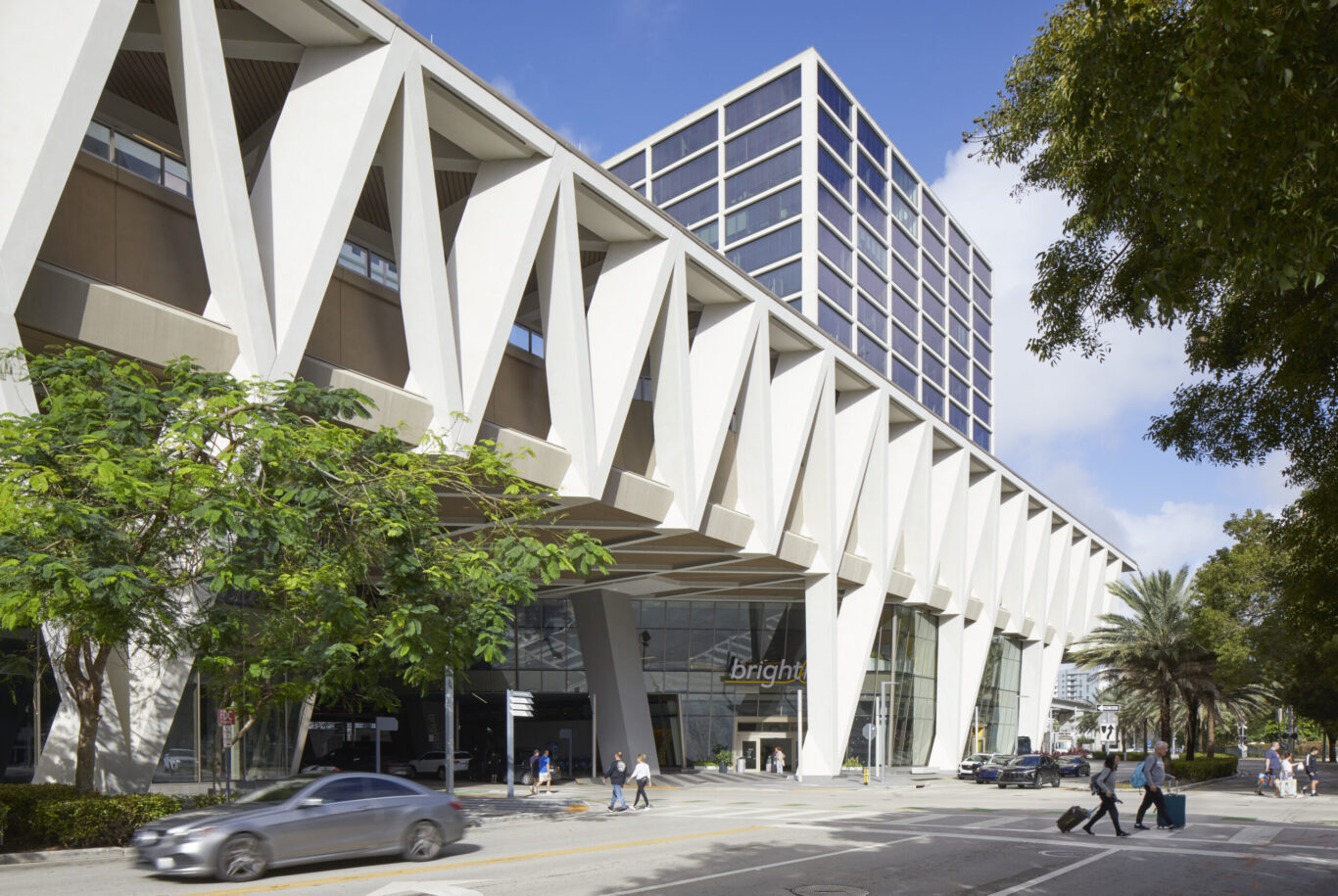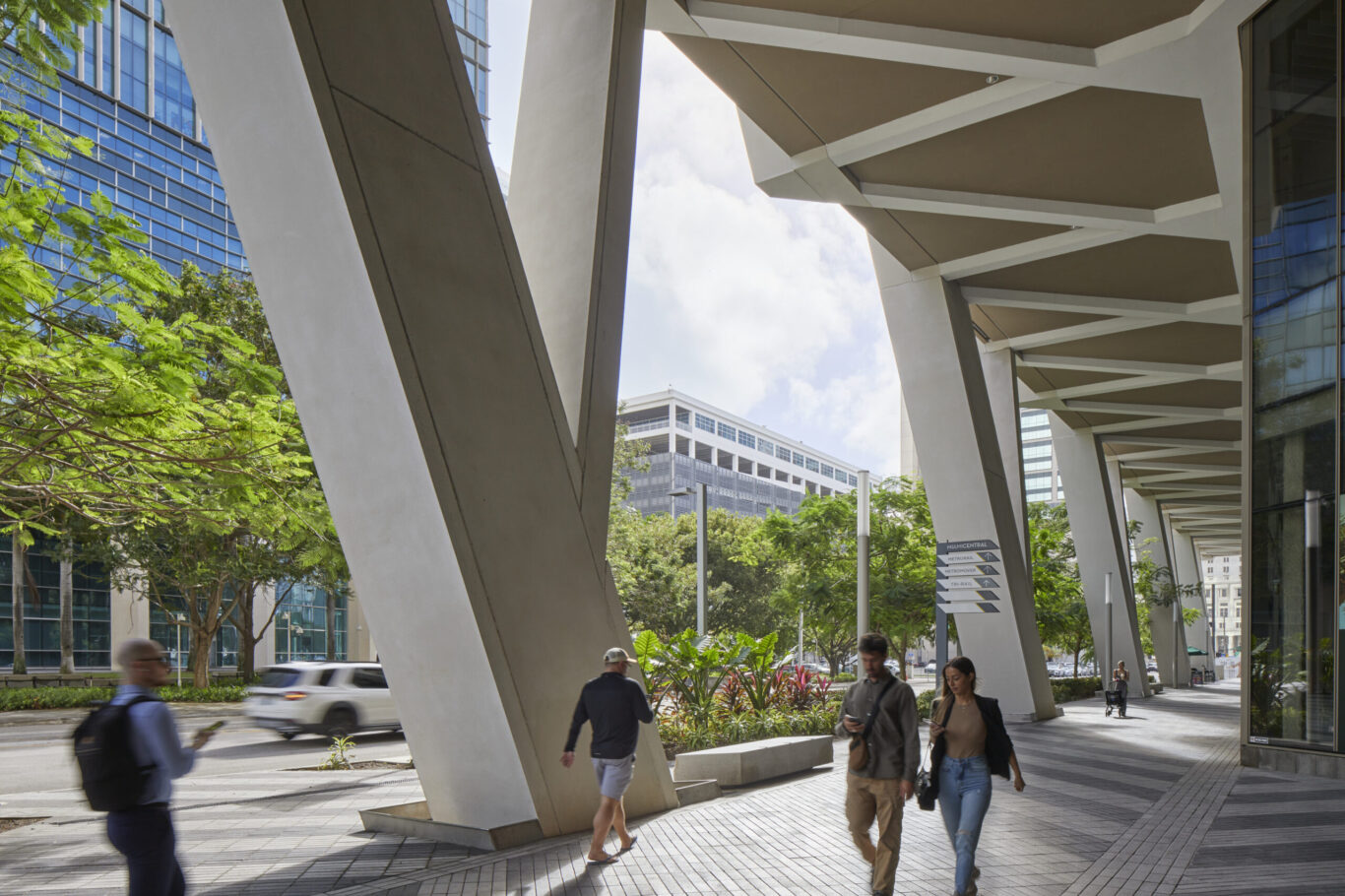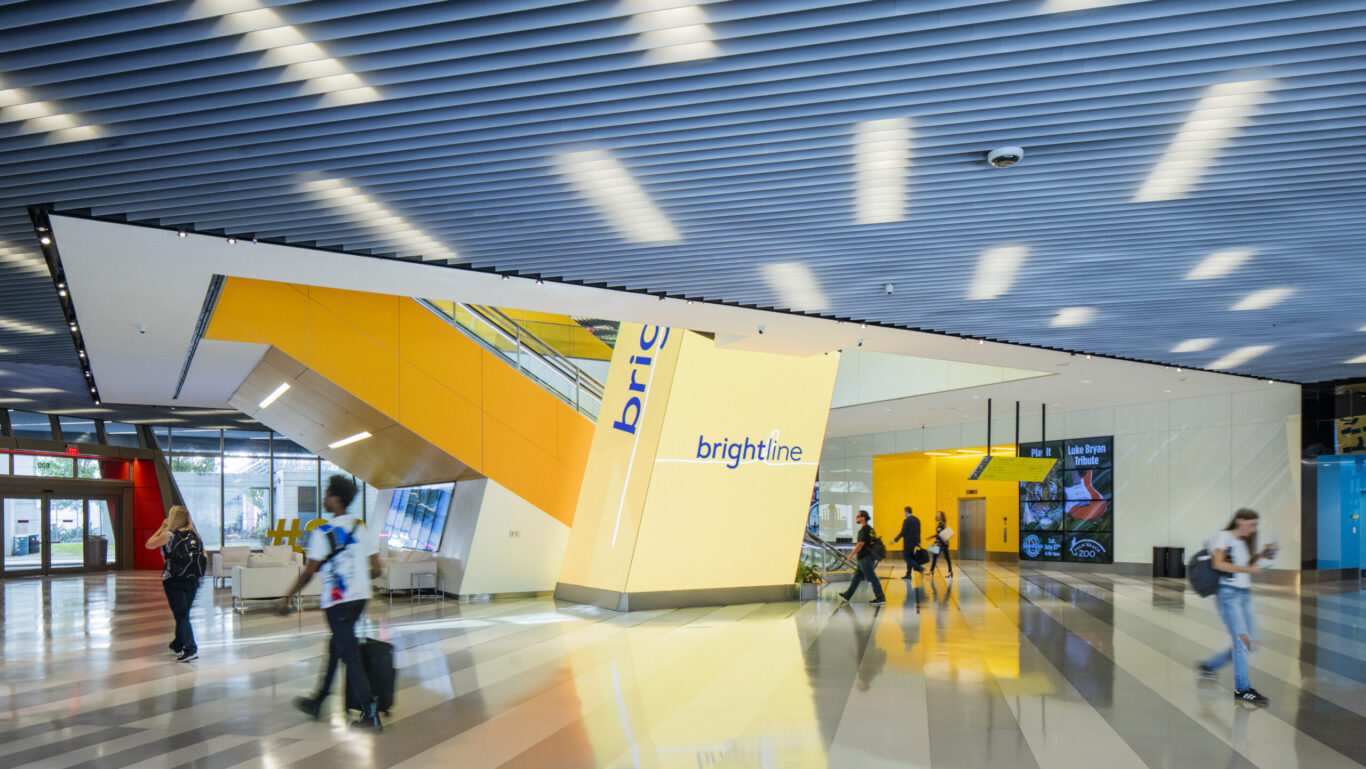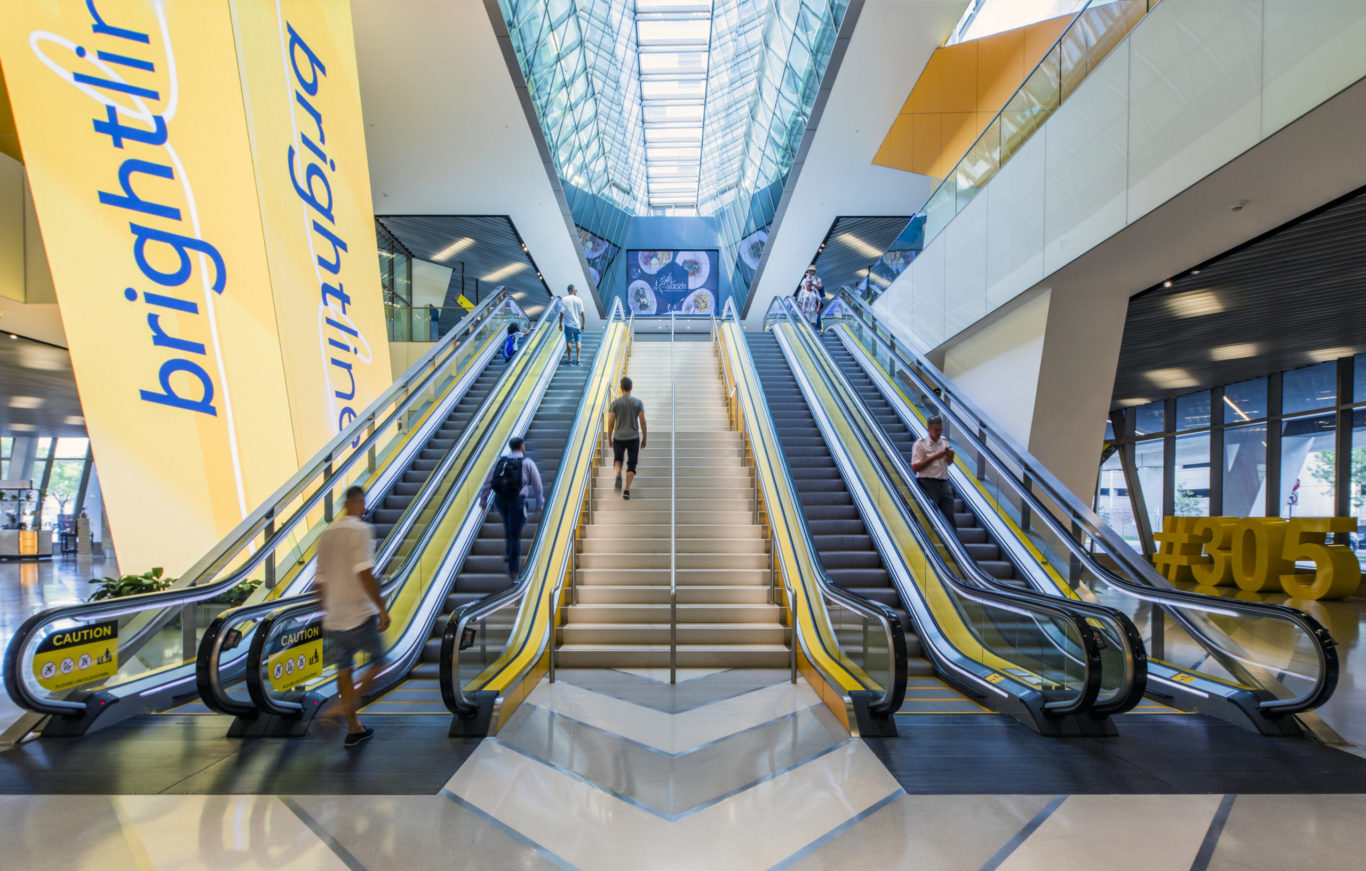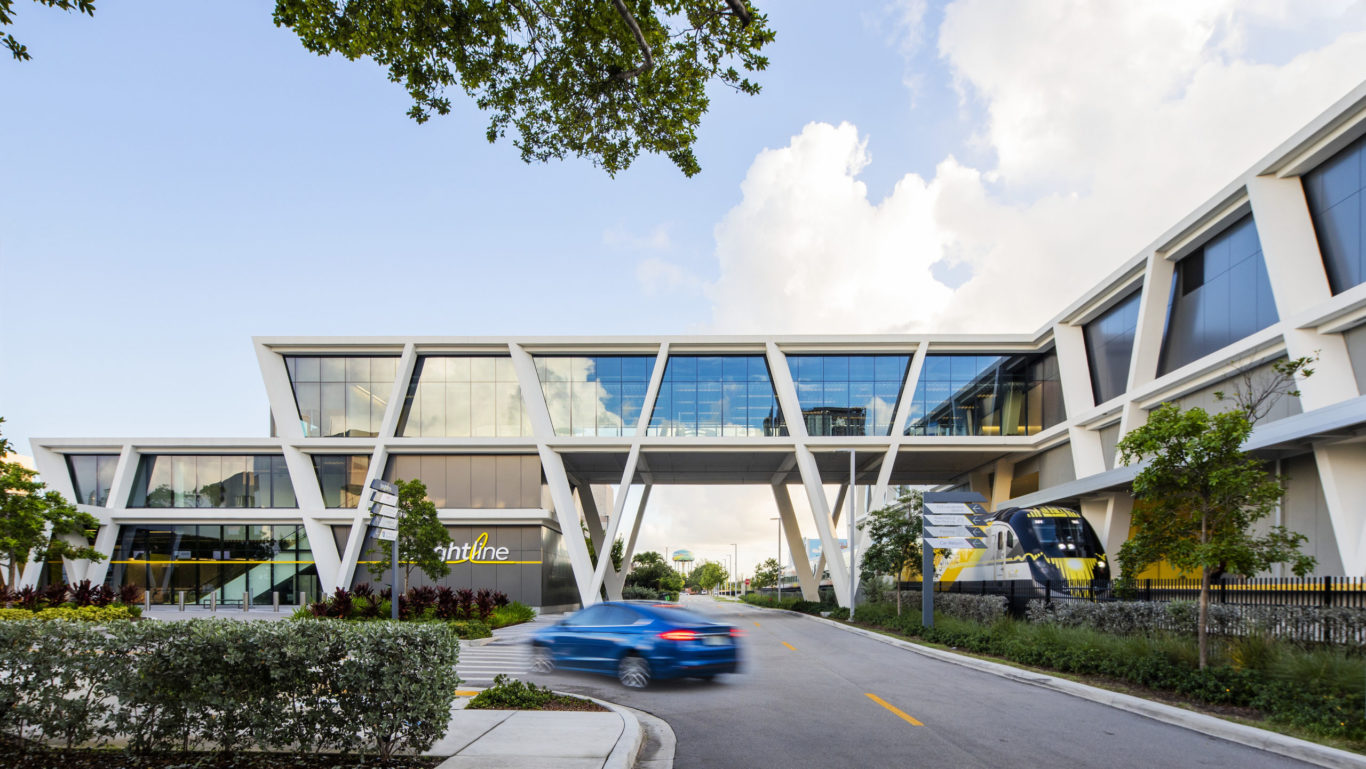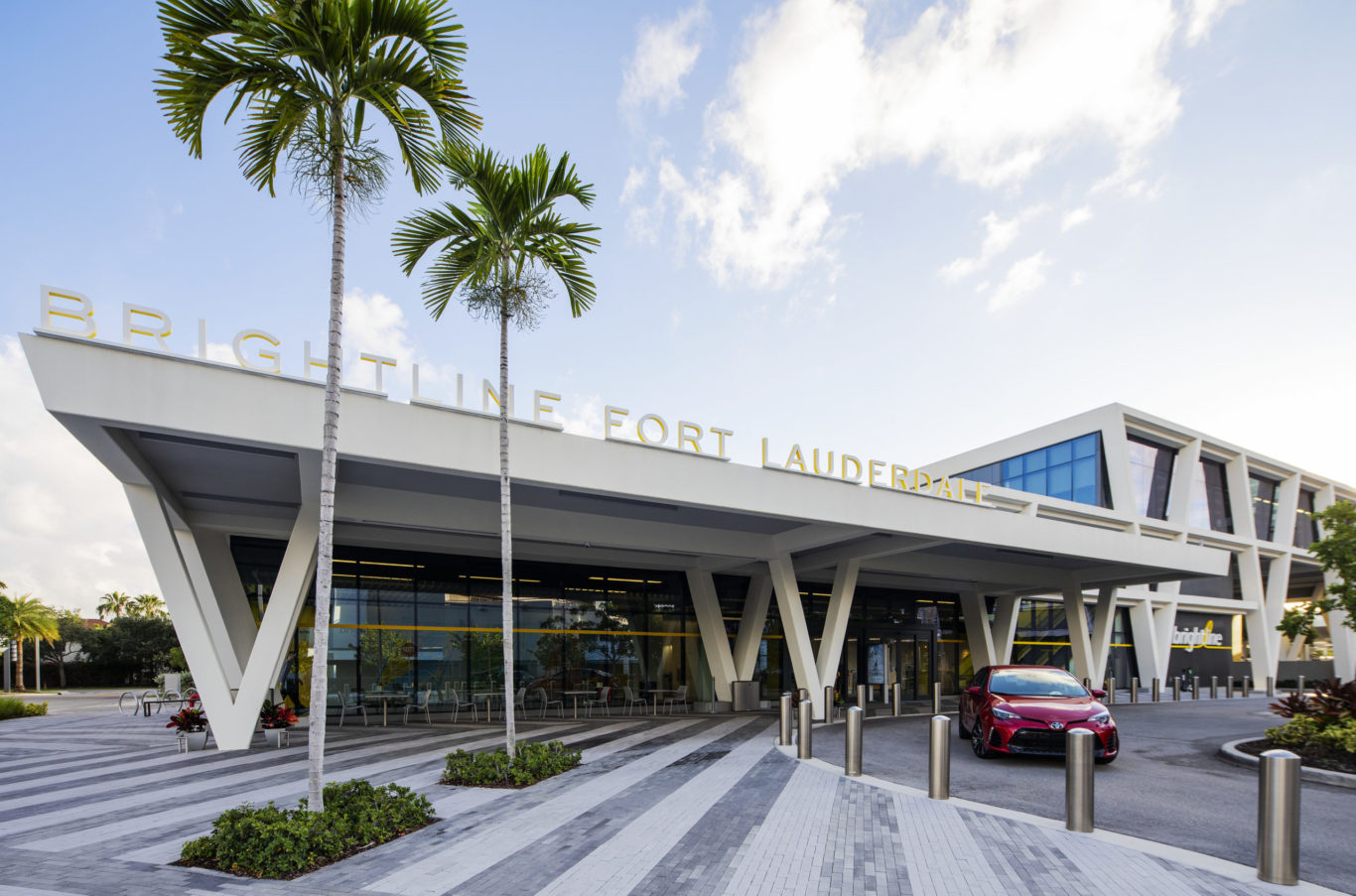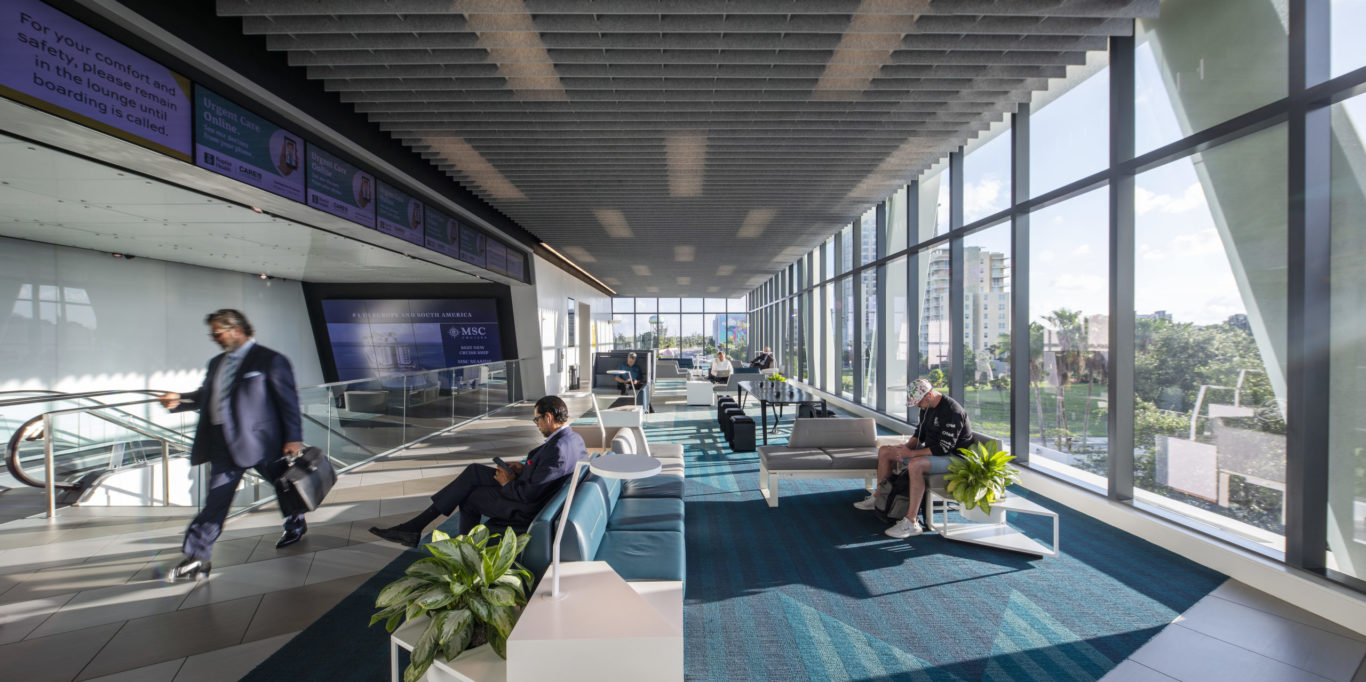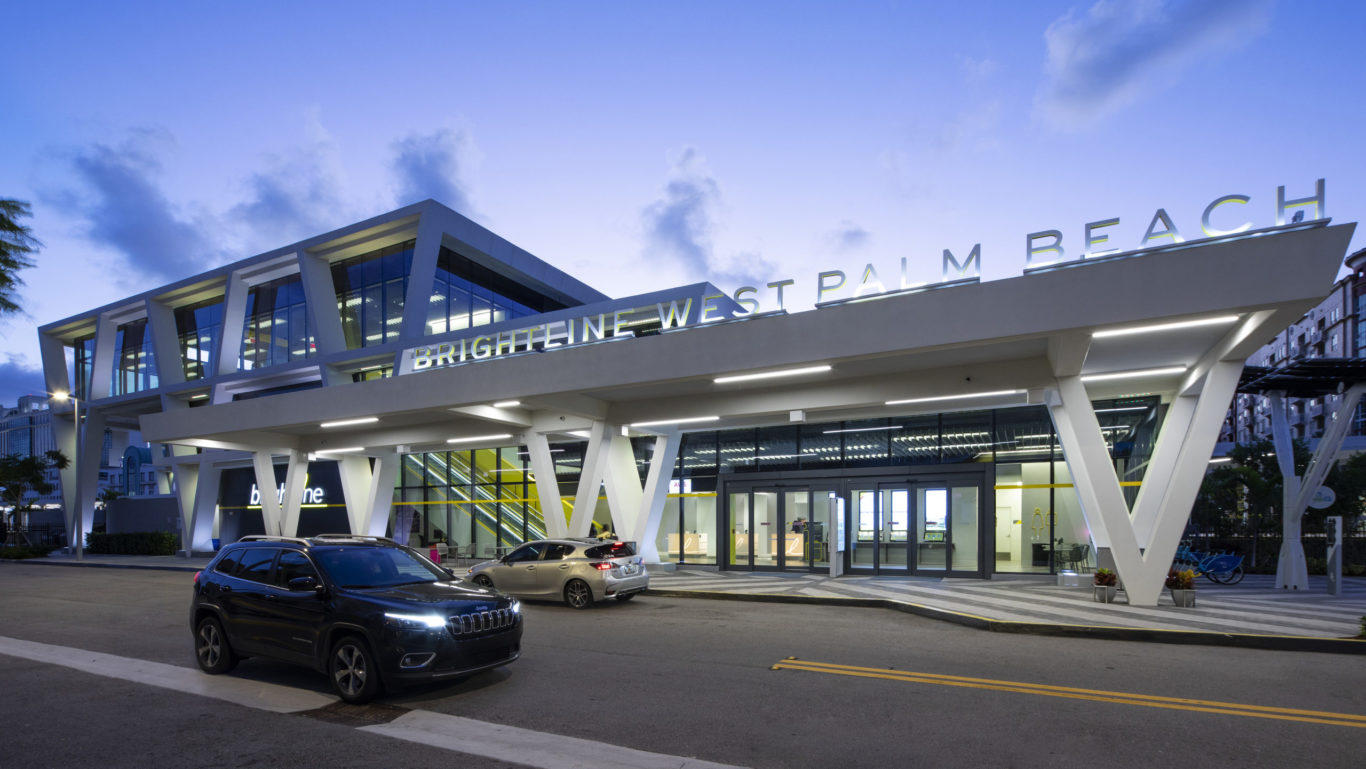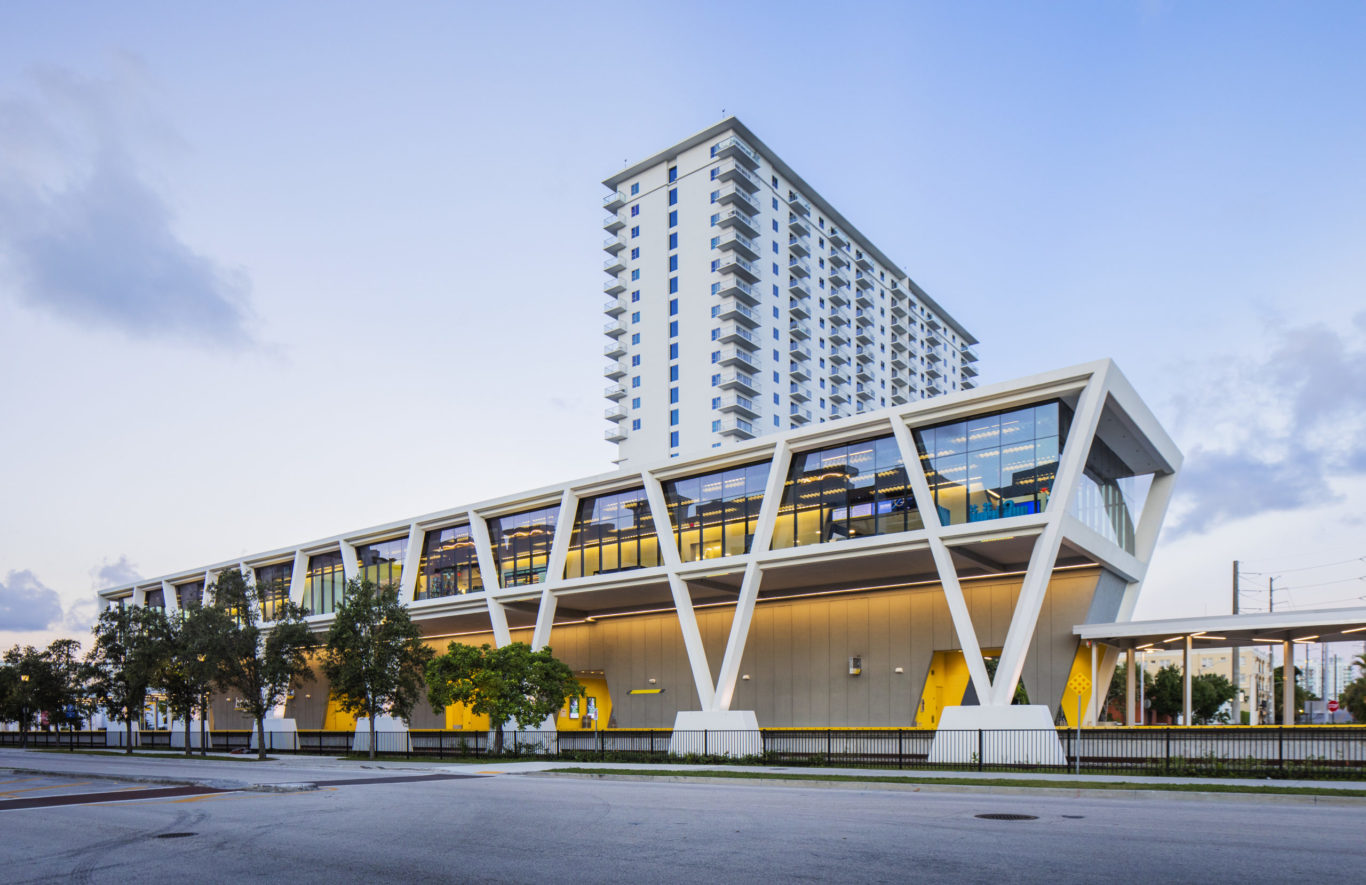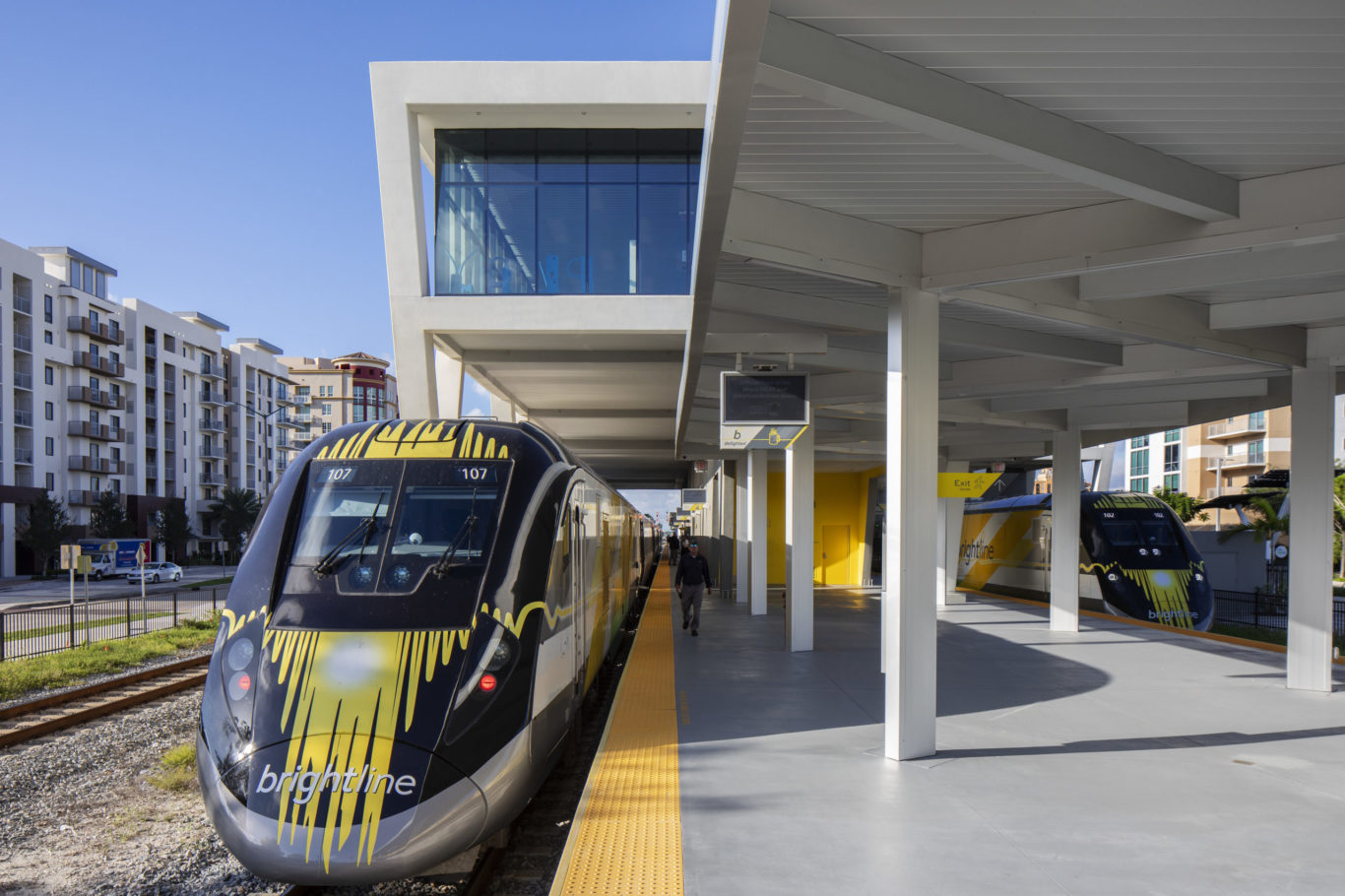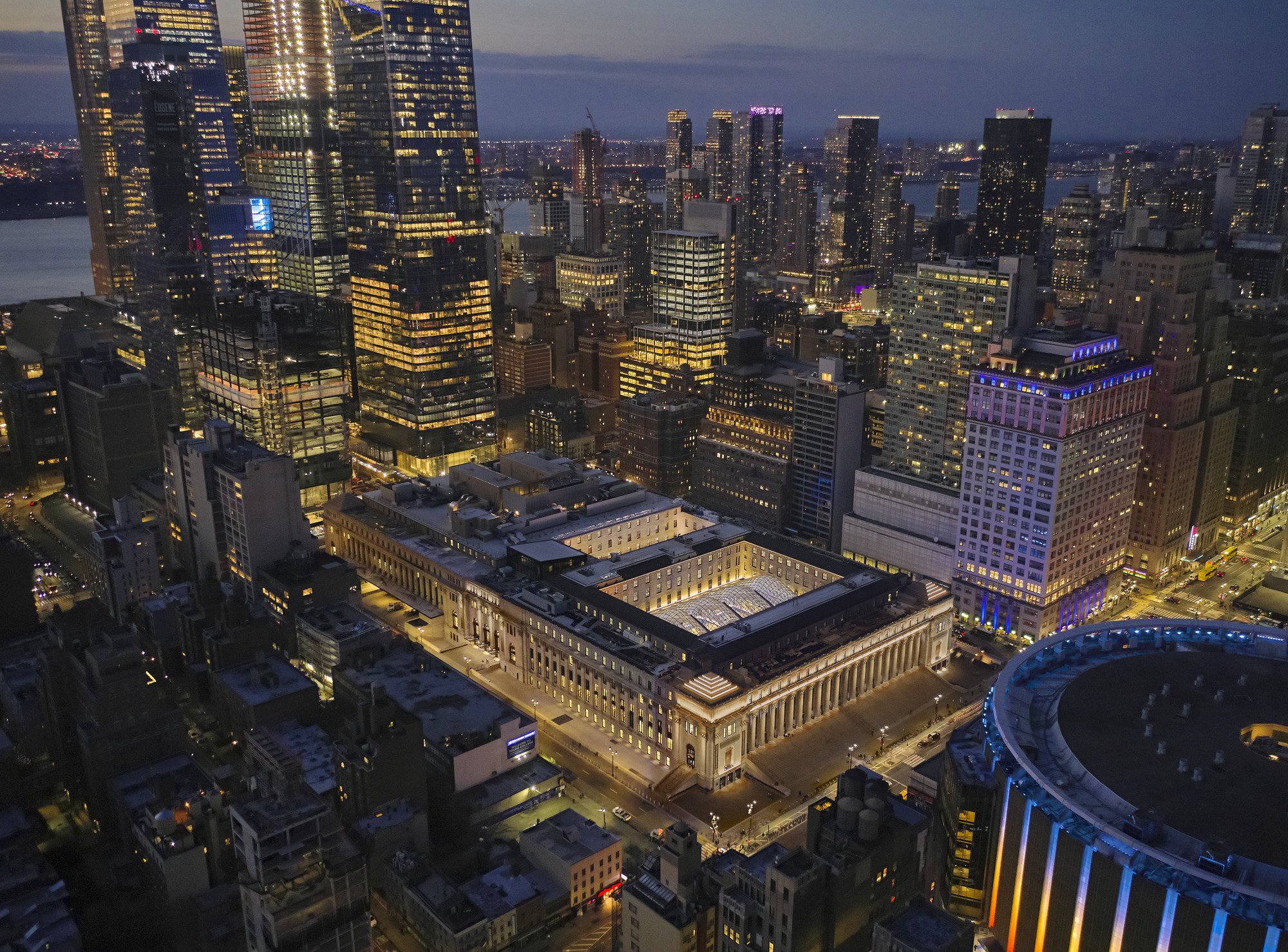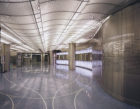Bringing sustainable transit to Florida
More than nine million people live between Miami and Orlando. Together with an estimated 100 million annual visitors to the region, drivers make more than 110 million car trips each year between these cities. Florida endures some of the most congested roadways in the United States, and produces nearly one million tons of carbon emissions annually. For decades, there had been virtually no other reasonable transit choices. Brightline has changed that.
The project, in its first phase, leverages the existing tracks of the century-old Florida East Coast corridor to connect Miami with Fort Lauderdale and West Palm Beach, and construction is underway to link each station to Orlando International Airport and other cities throughout the state. It is the only privately owned, operated, and maintained project of its kind being developed in the United States today, and the first three stations can eliminate more than three million car trips from the region’s roadways each year.



